Education
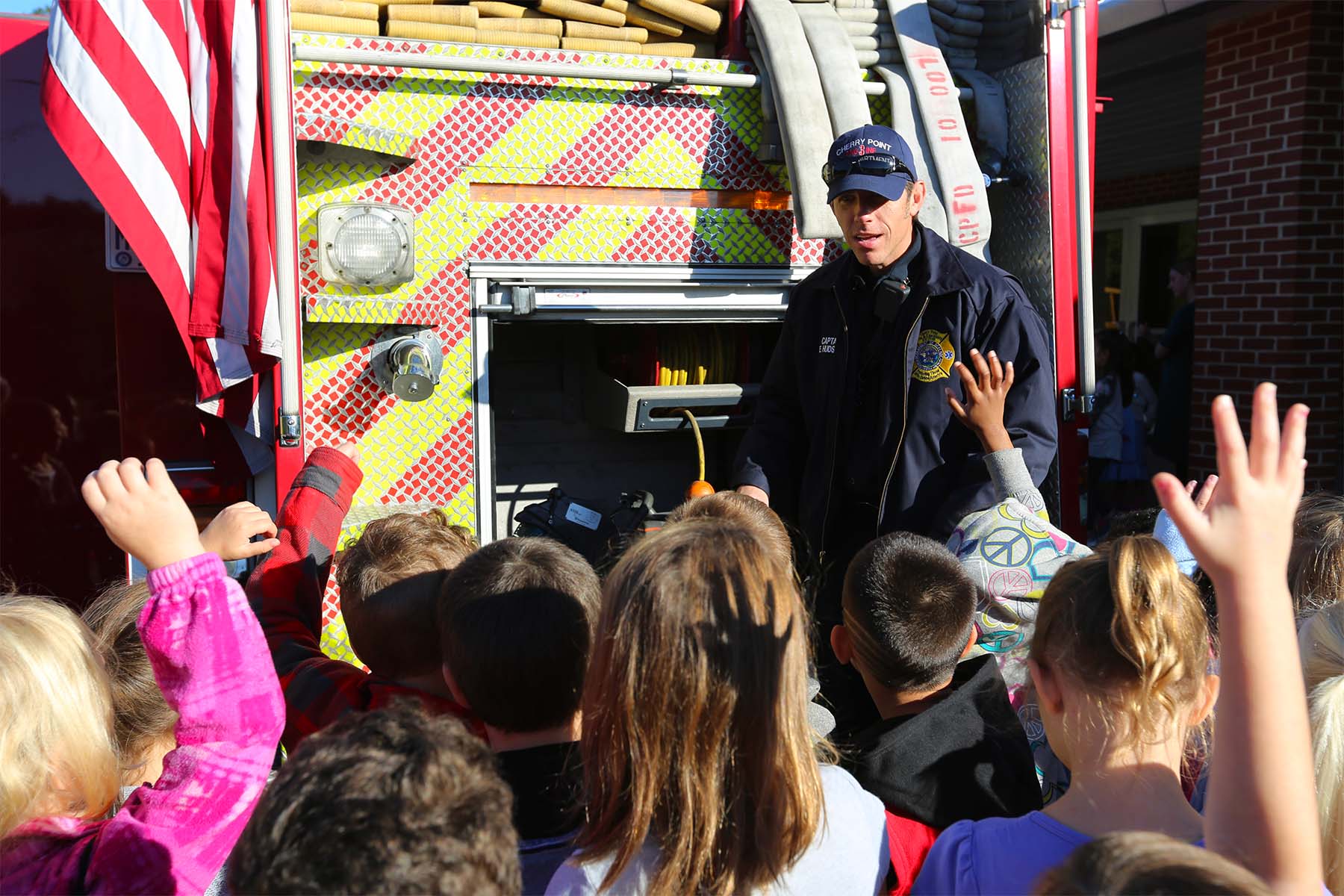
Education makes the public aware of risks and how to mitigate them.
Teach residents about risks in their homes and in the community through classes, home visits, presentations, handouts, articles and social media.
Official websites use .gov
A .gov website belongs to an official government organization in the United States.
Secure .gov websites use HTTPS
A lock () or https:// means you've safely connected to the .gov website. Share sensitive information only on official, secure websites.
Fire departments are uniquely positioned to know their communities better than most other organizations. Firefighters and emergency medical services responders see firsthand, whether through medical calls, inspections or simply driving through the community, how people live and the needs they have.
The USFA Podcast: Community Risk Reduction
This episode of The USFA Podcast features a discussion with the National Fire Academy's Mike Weller on community risk reduction. We also check in with the USFA's Mike Pritchard on the Fire Is Everyone's Fight initiative.
Here are the 2 most important takeaways for you today:
Read on to explore CRR a little more in depth, including examples of successful community programs and resources to help with your program, but the most important thing for you to do after closing this page is to get started with the 2 takeaways above.
CRR uses a wide variety of tools to form a strategic and integrated program focused on reducing the occurrence and impact of local risks. The “5 E's” is one of the strategies used to combat local fire and preventable injury issues. When using this or any other strategy, be intentional about reducing your community's risk: base your approach on data that you collected through your risk assessment and then focus on that specific risk(s).
The Worcester (Massachusetts) Fire Department, working with the Worcester Housing Authority, analyzed locations and populations at disproportionate risk from cooking fires in 2015. 4 properties housing low-income older adults represented nearly 24% of all reported cooking fires, with an average of 12 incidents per month.
The department applied for and received a Fire Prevention and Safety Grant to support a collaborative effort that replaced conventional electric coil burners with temperature limiting control technology units to prevent auto-ignition. 800 electric stoves were retrofitted with fire-safe burners and on-site safety education was provided to approximately 900 residents. In the 6 months after the installation, no stovetop fires were reported in units where smart technology burners were installed.
Education

Teach residents about risks in their homes and in the community through classes, home visits, presentations, handouts, articles and social media.
The Gwinnett County (Georgia) Fire and Emergency Services conducted a comprehensive community risk assessment that identified slips, trips and falls, fires, and poisoning to be among the major risks. The department implemented safety visits to reduce home injury risks for older residents through proven engineering solutions and on-site education.
This video features the Wilmington (North Carolina) Fire Department's Wendy Giannini-King and Mike Lee discussing the education E as it relates to foster care inspections.
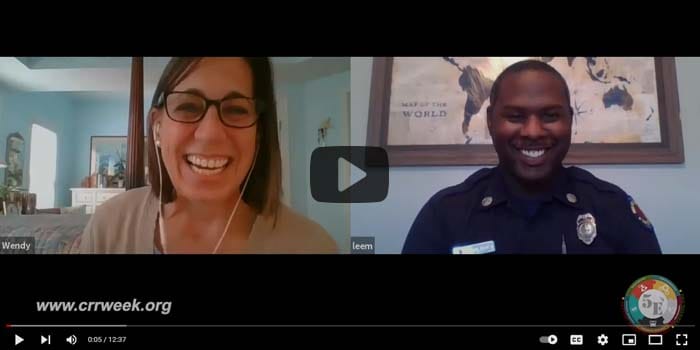
Watch on YouTube
Engineering
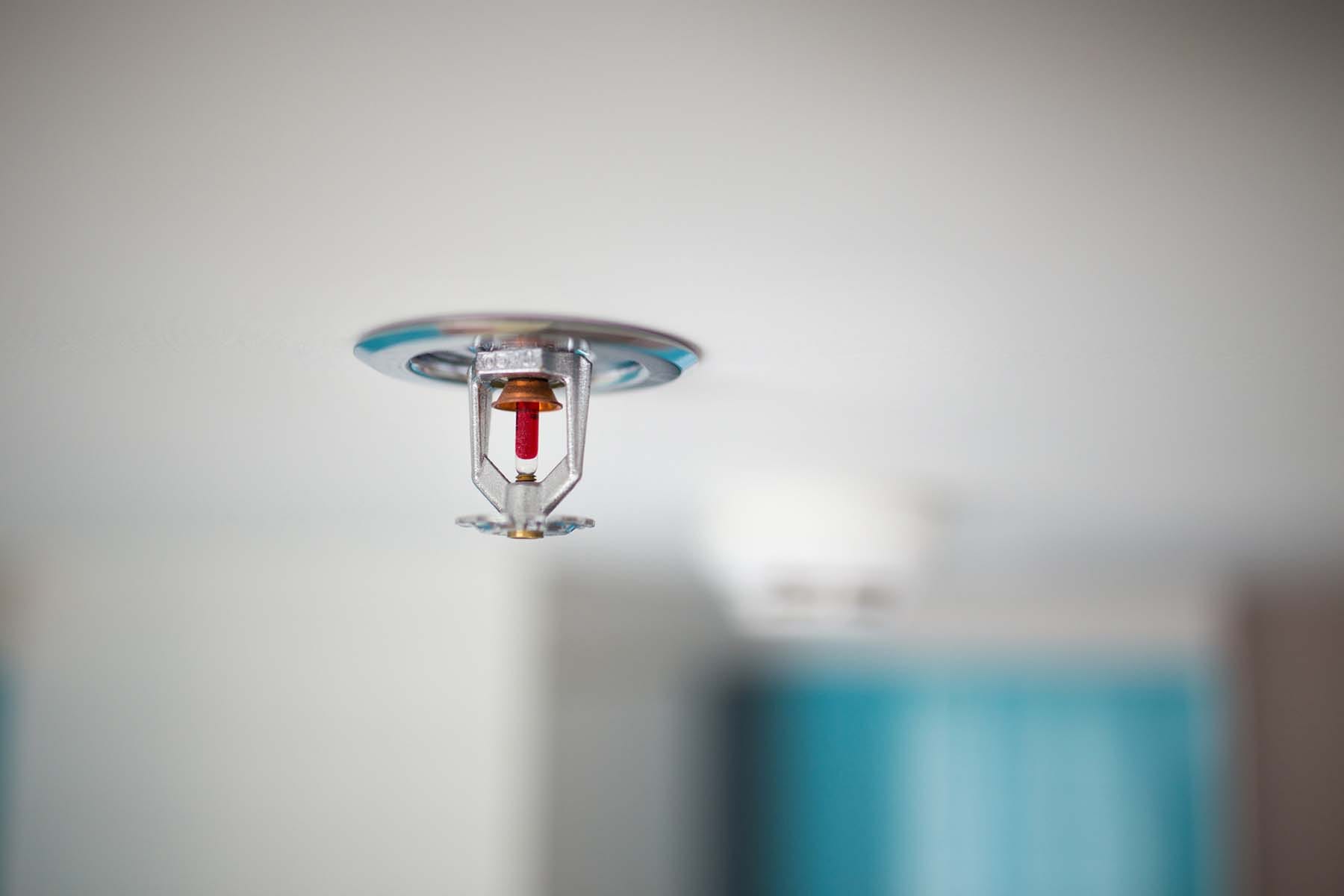
Inform your community about risk-reducing products and technologies like heat-regulating stove elements, improved smoke and carbon monoxide alarms, and fire sprinklers. Take opportunities at building inspections or community events to share this information.
Tempe (Arizona) Fire Medical Rescue Department has added innovative data analysis techniques to its paramedicine program to quickly identify likely repeat clients, monitor the program patient's well-being, and conclusively demonstrate the program’s ability to reduce future EMS calls.
This video features a discussion between Chris Brunette, Colorado Division of Fire Prevention and Control, and Wendy Giannini-King, Wilmington (North Carolina) Fire Department, on using engineering to reduce risk from COVID-19.
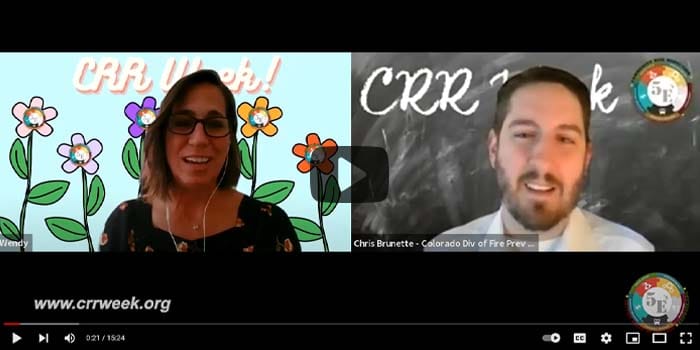
Watch on YouTube
Enforcement
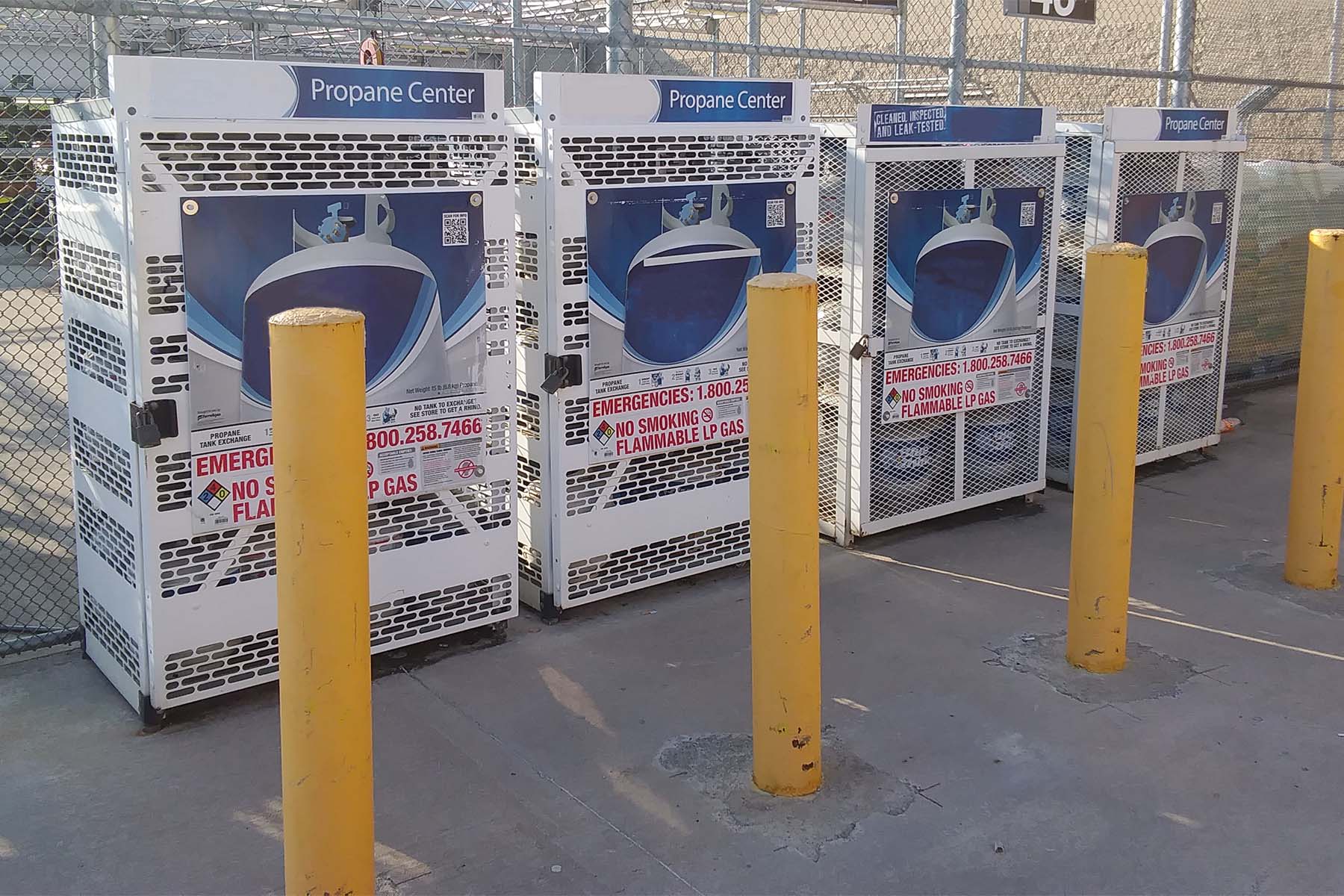
Inspections are a great way to identify potential risks to local properties and non-compliance with codes that can lead to casualties and property loss. They also play an important part in keeping firefighters and EMS workers safe at incident scenes. Fire departments should participate in local government discussions related to hazards, helping to draft legislation that reduces community risk.
The Minnesota State Fire Marshal's Office inspects schools in the state to improve life safety, ensure adequate egress, reduce ignition scenarios, and provide automatic fire protection systems.
This video features a discussion between Kathy Clay, Jackson Hole (Wyoming) Fire and EMS, and Kim Stouse, Pocatello (Idaho) Fire Department/Bannock County Ambulance, on enforcement activities related to assisted living facilities.
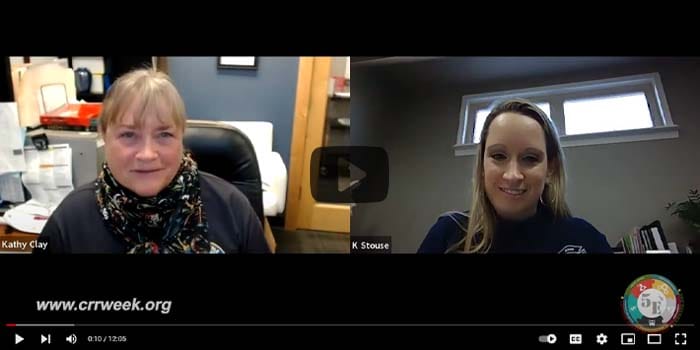
Watch on YouTube
Economic incentives
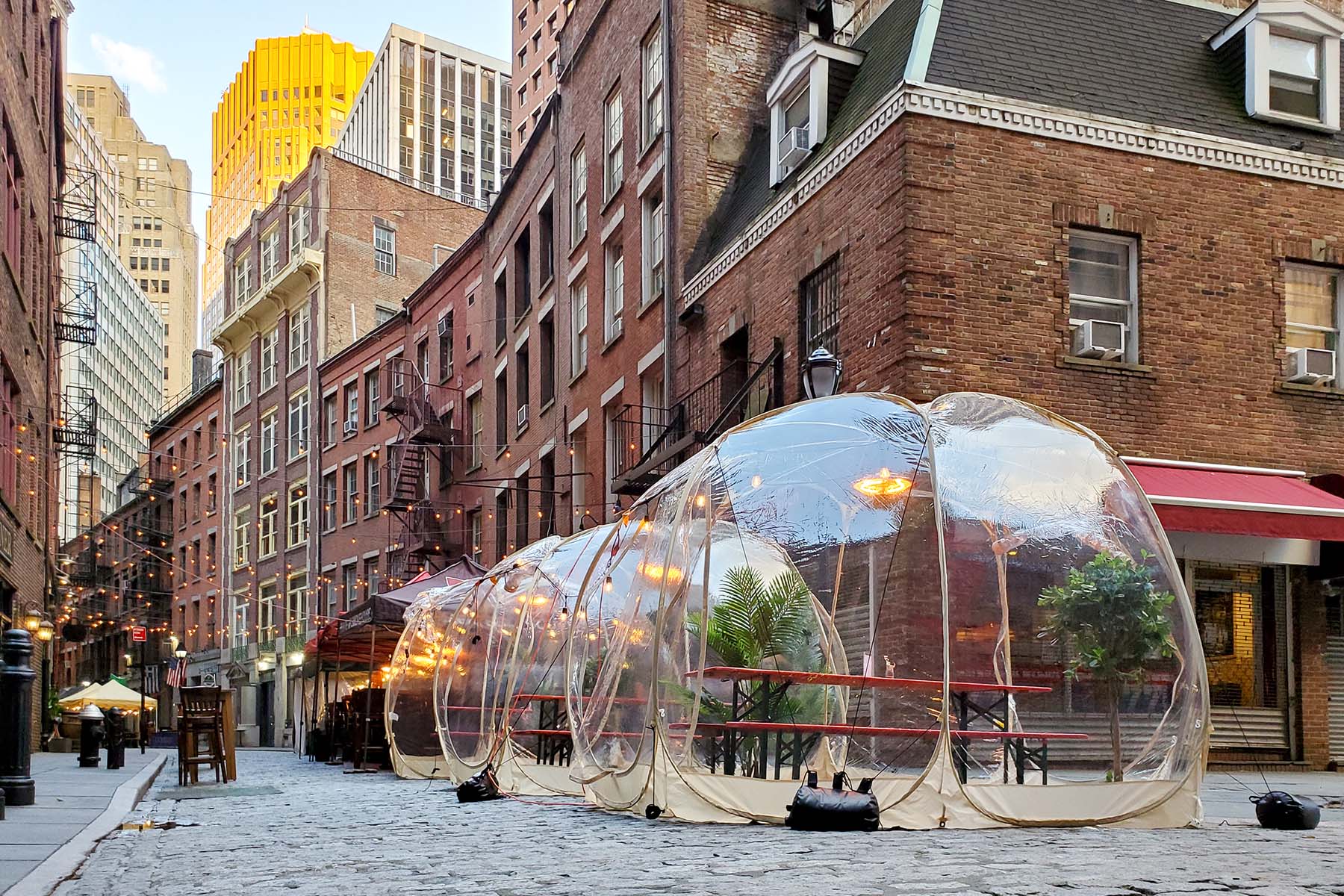
Incentives can come in the form of benefits like tax credits that make installation of fire sprinklers more affordable or code exceptions that allow businesses to provide safe, altered services during COVID-19. Penalties and fines for noncompliance are also incentives that encourage behavior change.
This video features a discussion between Kathy Clay, Jackson Hole (Wyoming) Fire and EMS, and Josh Fulbright, South Carolina State Fire Marshal's Office, on economic incentives and how they can reduce community risk.
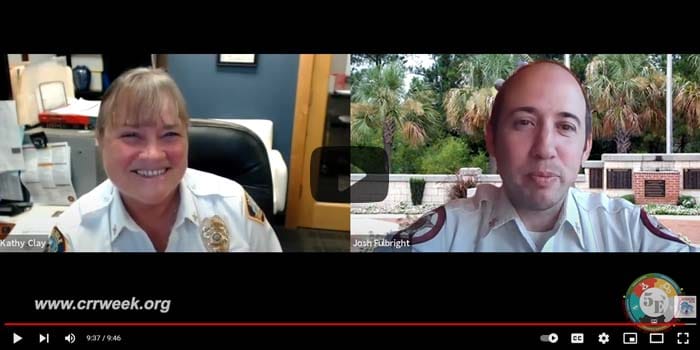
Watch on YouTube
Emergency response
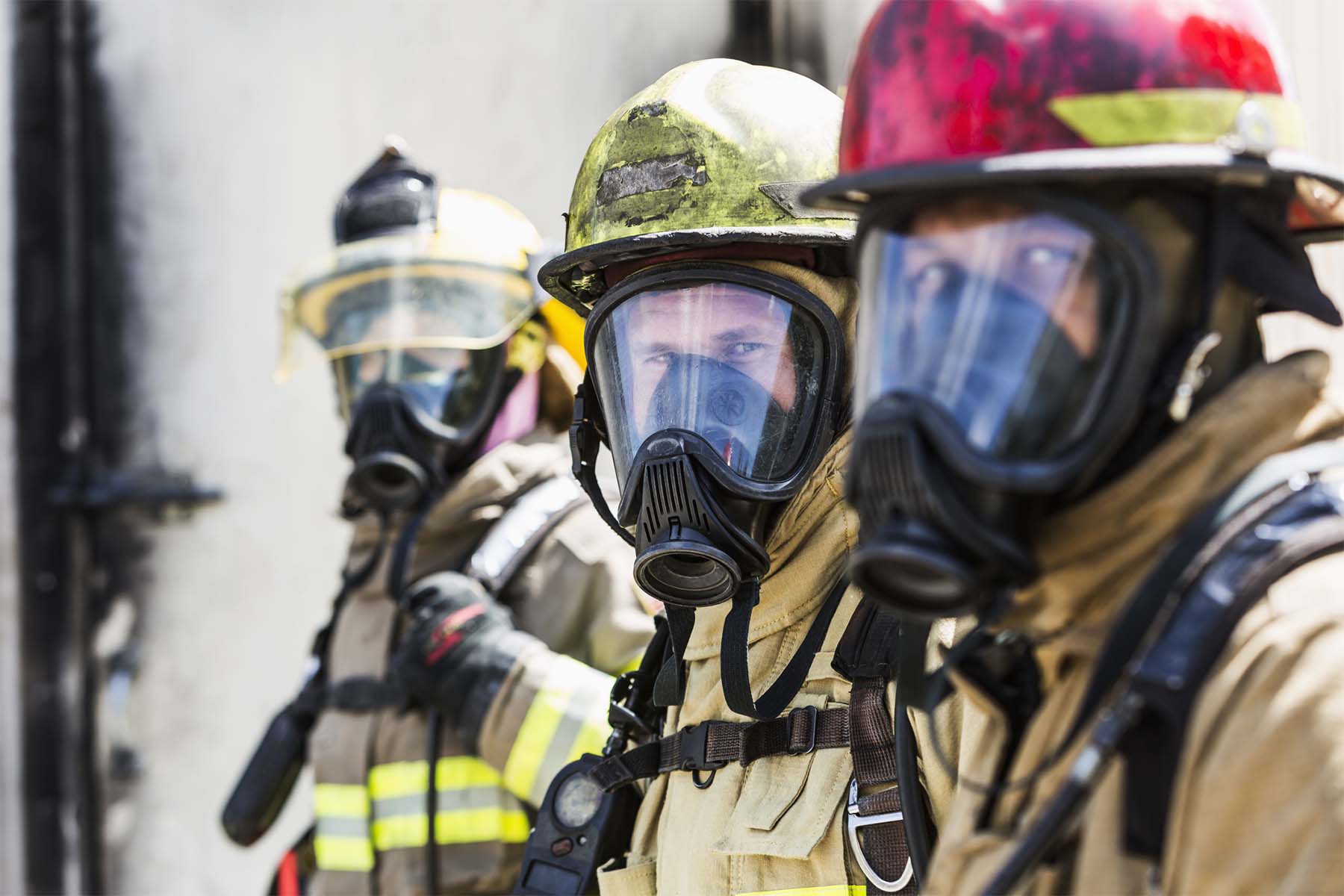
Making sure your fire and EMS department's response is efficient and effective is key to reducing the impact of incidents in your community.
Columbia-Richland (South Carolina) Fire and Rescue's recruitment program focuses on getting volunteers that can assist the department in various ways. This new approach has led to an increase in their CRR abilities, including the successful completion of a community risk assessment conducted by a local college student. It has also resulted in an increase in the number of volunteer firefighters.
This video features a discussion between Arnold Baker, Chelan County (Washington) Fire District 5, and Kathy Clay, Jackson Hole (Wyoming) Fire and EMS, on the emergency response E as it relates to COVID-19.
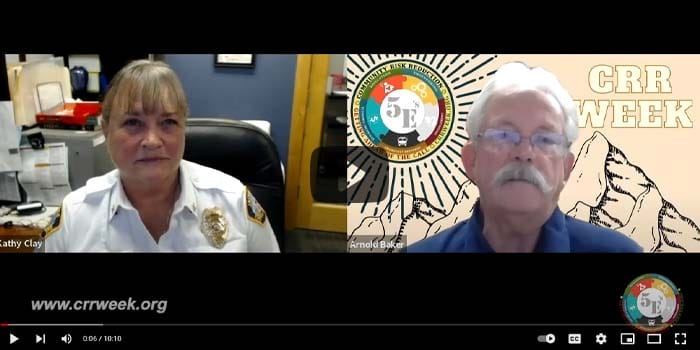
Watch on YouTube